Home>Gardening & Outdoor>Landscaping Ideas>When Is It Too Late To Put Grass Seed Down
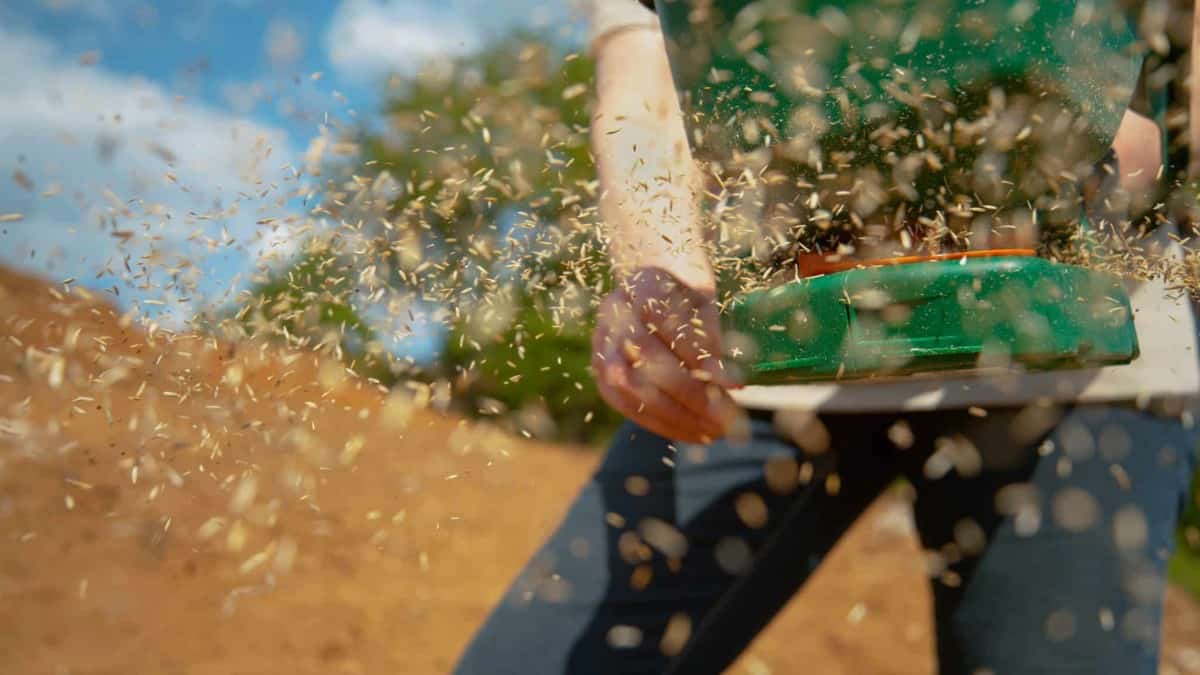

Landscaping Ideas
When Is It Too Late To Put Grass Seed Down
Modified: March 27, 2024
Discover the best time for seeding your lawn with our expert landscaping ideas. Learn when it's too late to put grass seed down and how to ensure a healthy, vibrant lawn.
(Many of the links in this article redirect to a specific reviewed product. Your purchase of these products through affiliate links helps to generate commission for Storables.com, at no extra cost. Learn more)
Introduction
Planting grass seed is a rewarding and essential part of maintaining a lush, vibrant lawn. However, timing is crucial when it comes to sowing grass seed. While the optimal time for seeding varies based on factors such as climate, grass type, and soil conditions, there are clear indicators of when it may be too late to achieve successful germination and establishment. In this comprehensive guide, we will explore the factors to consider before planting grass seed, the best time to sow grass seed, signs that it may be too late to plant grass seed, and valuable tips for planting grass seed in the late season.
Whether you are a seasoned lawn care enthusiast or a novice homeowner looking to revitalize your lawn, understanding the optimal timing for planting grass seed is essential for achieving a thriving, green landscape. Let’s delve into the key considerations and insights that will empower you to make informed decisions about planting grass seed.
Key Takeaways:
- Planting grass seed at the right time is crucial for a healthy lawn. Factors like climate, grass type, and soil conditions should be considered to ensure successful growth.
- Late-season grass seed planting can be challenging, but choosing quick-germinating varieties, preparing the soil, and providing adequate watering can maximize the chances of successful establishment.
Read more: When Is It Too Late To Cut Grass
Factors to Consider Before Planting Grass Seed
Before embarking on the journey of planting grass seed, it’s crucial to assess several key factors that can significantly impact the success of your lawn rejuvenation efforts. By carefully considering these elements, you can lay a solid foundation for healthy grass growth and long-term lawn vitality.
- Climate: The climate of your region plays a pivotal role in determining the most suitable time for planting grass seed. Understanding the average temperatures, precipitation patterns, and frost dates in your area will help you identify the optimal window for seeding.
- Grass Type: Different grass species thrive in specific climates and soil conditions. Whether you are working with cool-season grasses like Kentucky bluegrass and fescue or warm-season varieties such as Bermuda grass and zoysia, it’s essential to choose a grass type that is well-suited to your local climate.
- Soil Conditions: Assessing the quality of your soil is imperative before planting grass seed. Conducting a soil test to determine pH levels, nutrient content, and soil structure can provide valuable insights for selecting the right grass seed and implementing soil amendments if necessary.
- Existing Lawn Health: Evaluating the current state of your lawn, including its density, weed presence, and overall health, can influence the approach you take toward planting grass seed. Addressing any underlying issues and preparing the soil adequately can enhance the success of your seeding efforts.
- Water Availability: Adequate water supply is essential for germinating grass seed and supporting early growth. Consider the availability of irrigation or natural rainfall to ensure that newly planted seeds receive the moisture they need to thrive.
By carefully considering these factors and tailoring your approach to align with the specific characteristics of your region and lawn, you can set the stage for successful grass seed establishment and robust, resilient turf.
Best Time to Plant Grass Seed
Choosing the optimal time to plant grass seed is pivotal for fostering strong root development and lush, healthy turf. The timing of seeding largely depends on the type of grass you intend to plant and the climatic conditions in your region. Understanding the seasonal dynamics and growth patterns of grasses can guide you in pinpointing the best window for sowing seeds.
Cool-Season Grasses: If you plan to cultivate cool-season grasses such as Kentucky bluegrass, fescue, or ryegrass, the prime time for seeding typically falls within the early fall or early spring. In regions with harsh winters, early fall seeding allows the grass to establish before the onset of frost, while early spring seeding capitalizes on favorable moisture and moderate temperatures for robust growth.
Warm-Season Grasses: Warm-season grasses like Bermuda grass, zoysia, and Bahia grass thrive in regions with hot summers and mild winters. The ideal time for planting these grasses is during late spring or early summer when the soil has warmed up, promoting rapid germination and vigorous growth during the warmer months.
By aligning your seeding schedule with the natural growth tendencies of your chosen grass species, you can maximize the likelihood of successful establishment and long-term resilience. Additionally, avoiding extreme weather conditions and seasonal stressors can help newly planted grass seedlings flourish without undue strain.
Ultimately, the best time to plant grass seed is a delicate balance between favorable temperatures, adequate moisture, and optimal growing conditions, ensuring that your lawn receives the best possible start for robust, vibrant growth.
It is best to plant grass seed in the late summer or early fall, as the soil is still warm and there is more moisture. Planting too late in the fall may not give the grass enough time to establish before winter.
Signs It’s Too Late to Plant Grass Seed
While the timing for planting grass seed is crucial, there are clear indicators that suggest it may be too late to achieve successful germination and establishment. Recognizing these signs can help you avoid investing time and resources in a seeding endeavor that is unlikely to yield desirable results. Here are key signs that it may be too late to plant grass seed:
- Approaching Frost: If your region is on the brink of experiencing frost or freezing temperatures, it may be too late to plant grass seed. Frost can impede germination and harm tender seedlings, hindering their ability to establish a strong root system before winter sets in.
- Extreme Heat: In areas characterized by scorching summer temperatures, late-season seeding can expose grass seedlings to stress and dehydration. Without adequate moisture and moderate temperatures, newly planted seeds may struggle to germinate and establish, leading to poor growth outcomes.
- Shortened Growing Season: As the days grow shorter and daylight diminishes, the window for grass seed germination and robust growth becomes increasingly limited. Late-season seeding may not allow sufficient time for grass to develop resilient roots and establish a healthy turf before winter dormancy.
- Reduced Soil Moisture: Late in the growing season, soil moisture levels may decline, posing challenges for newly planted grass seed. Without consistent moisture, seed germination and early growth can be compromised, impeding the establishment of a thriving lawn.
By recognizing these signs, you can make informed decisions about the timing of your grass seed planting endeavors, ensuring that you optimize the conditions for successful germination, growth, and long-term lawn health. While it’s essential to be mindful of these indicators, it’s equally important to explore alternative strategies and proactive measures if you find yourself approaching or surpassing the optimal seeding window.
Understanding the limitations of late-season seeding can guide you in making informed choices that align with the natural rhythms of your local climate and the specific needs of your lawn, ultimately contributing to the successful establishment of a vibrant, resilient grassy expanse.
Tips for Planting Grass Seed in Late Season
While late-season seeding presents challenges, it is possible to optimize the conditions and maximize the potential for successful grass seed establishment. By implementing strategic approaches and leveraging key insights, you can enhance the likelihood of achieving robust germination and fostering healthy turf, even in the latter part of the growing season. Here are valuable tips for planting grass seed in the late season:
- Choose Quick-Germinating Varieties: Select grass seed varieties known for their rapid germination and establishment, such as perennial ryegrass. These varieties can capitalize on the remaining warmth and moisture in the soil to initiate growth swiftly.
- Prepare the Soil Thoroughly: Prior to seeding, ensure that the soil is well-prepared by raking it to create a fine, level seedbed. Incorporate organic matter and amend the soil as needed to enhance its moisture retention and nutrient content.
- Provide Adequate Watering: Consistent and thorough watering is essential for late-season grass seed germination. Keep the soil moist but not waterlogged, and consider using a light mulch to retain moisture and protect seedlings.
- Monitor Weather Conditions: Stay attuned to weather forecasts and aim to seed during a period of mild temperatures and adequate moisture. Avoid seeding during extreme heat or imminent frost.
- Consider Overseeding: If you have an existing lawn that needs rejuvenation, consider overseeding with new grass varieties to bolster its health and density. This can be particularly beneficial in late summer or early fall.
- Apply Starter Fertilizer: Utilize a high-quality starter fertilizer to provide essential nutrients for young grass seedlings, promoting vigorous early growth and root development.
- Monitor and Protect Seedlings: Keep a close eye on the seeded areas, protecting them from foot traffic, wildlife, and excessive drying. Implementing light, temporary barriers can safeguard the tender seedlings as they emerge.
By leveraging these tips and tailoring your approach to the unique requirements of late-season seeding, you can optimize the conditions for successful grass seed establishment and set the stage for a resilient, thriving lawn. While late-season seeding may present challenges, strategic planning and attentive care can yield impressive results, breathing new life into your outdoor landscape.
Read more: When To Put Down Bermuda Seed
Conclusion
Planting grass seed is a transformative endeavor that holds the potential to rejuvenate and enrich your outdoor space, fostering a vibrant, resilient lawn that enhances the beauty of your home. By carefully considering the factors that influence successful grass seed establishment, understanding the best timing for planting, and recognizing the signs that may indicate it’s too late for seeding, you can make informed decisions that optimize the conditions for robust growth.
While the optimal window for planting grass seed may vary based on regional climate and grass type, it’s essential to align your seeding efforts with favorable conditions that promote germination, root development, and early growth. By leveraging valuable tips for late-season seeding, you can navigate the challenges of timing and maximize the potential for successful grass seed establishment, even as the growing season draws to a close.
Ultimately, the journey of planting grass seed is a testament to the transformative power of thoughtful care and strategic planning. Whether you are revitalizing an existing lawn or establishing a new turf, the process of seeding grass embodies the promise of renewal and the creation of a lush, inviting outdoor sanctuary.
As you embark on your grass seed planting endeavors, may these insights guide you in cultivating a landscape that flourishes with vitality, resilience, and natural beauty, enriching your outdoor environment and creating a welcoming haven for relaxation, recreation, and connection with the natural world.
Remember, the journey of nurturing a thriving lawn begins with the careful sowing of grass seed, and by embracing the art and science of seeding, you can lay the groundwork for a landscape that blossoms with enduring splendor and vitality.
Frequently Asked Questions about When Is It Too Late To Put Grass Seed Down
Was this page helpful?
At Storables.com, we guarantee accurate and reliable information. Our content, validated by Expert Board Contributors, is crafted following stringent Editorial Policies. We're committed to providing you with well-researched, expert-backed insights for all your informational needs.
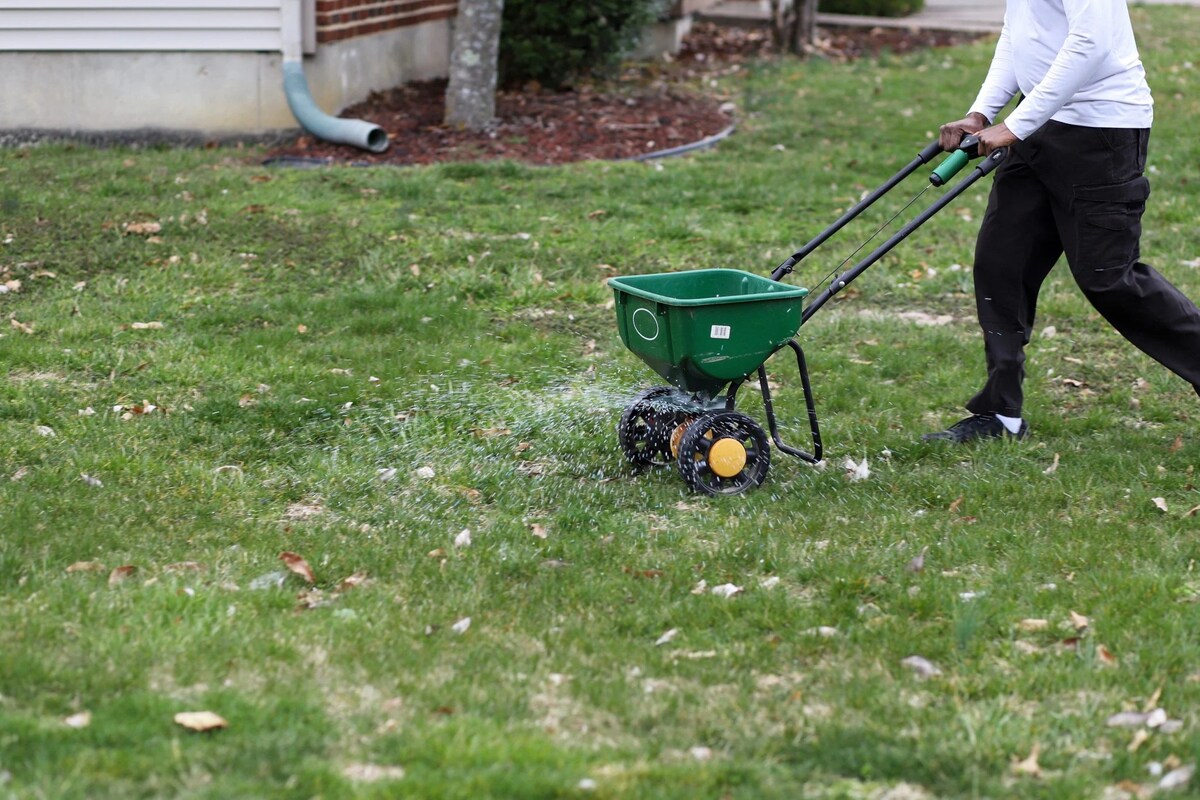
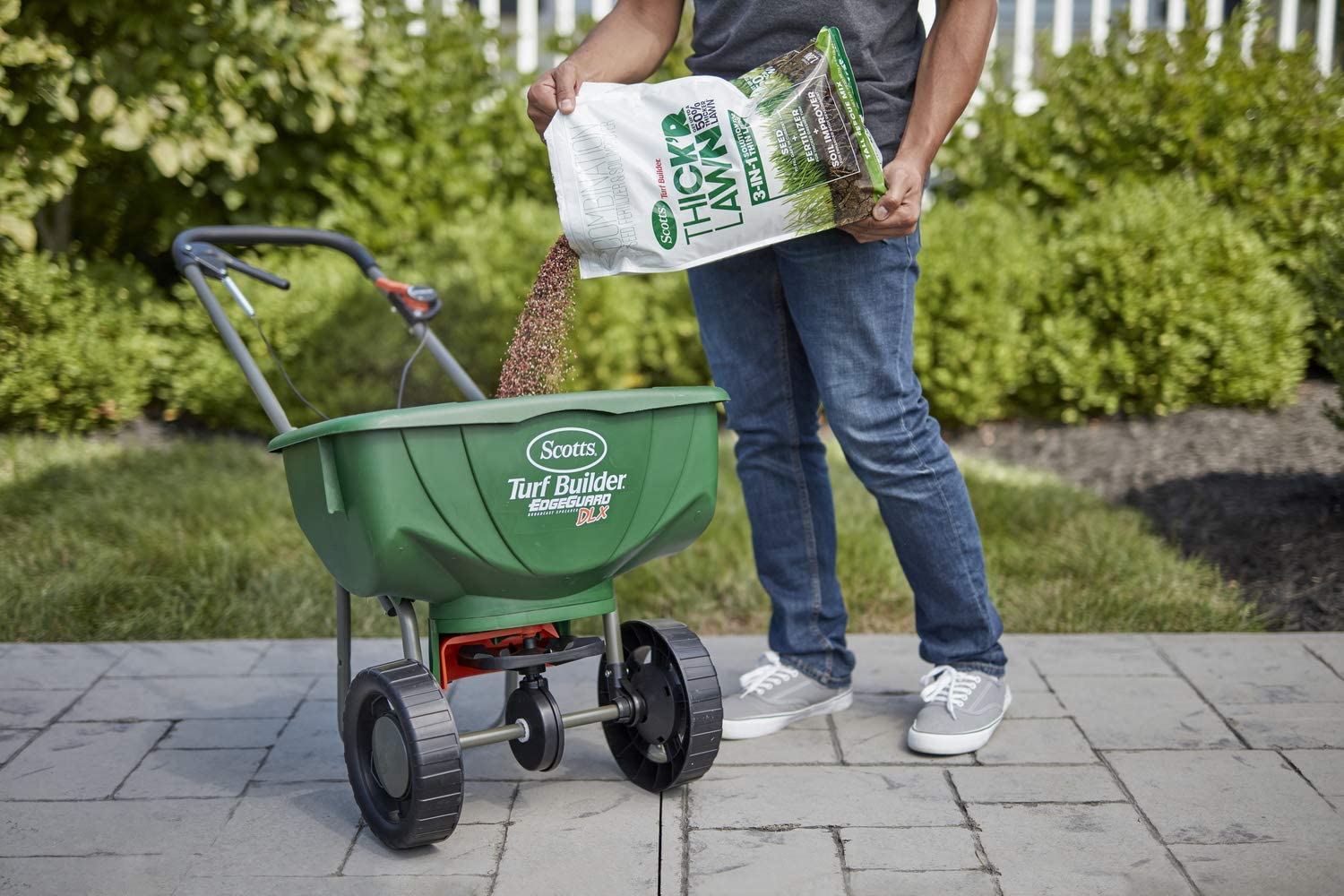
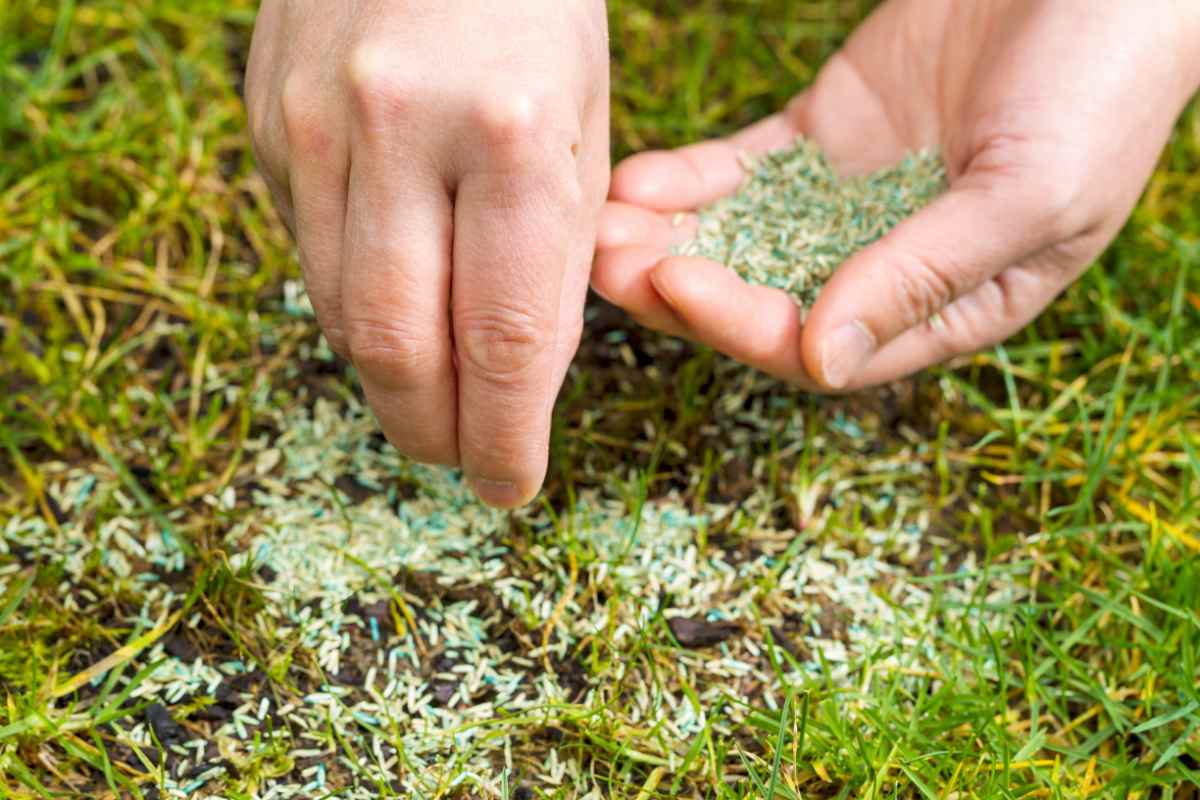
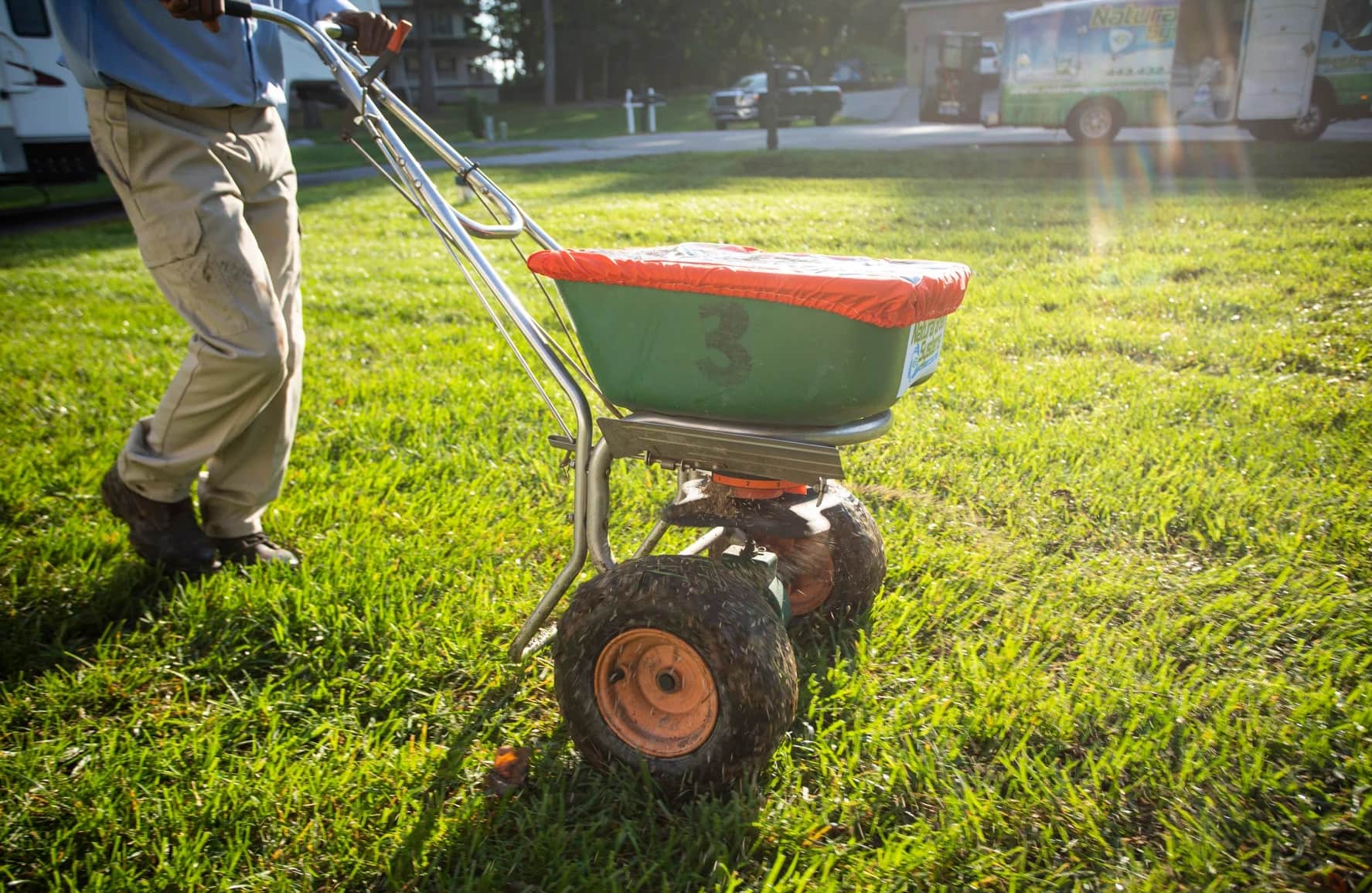
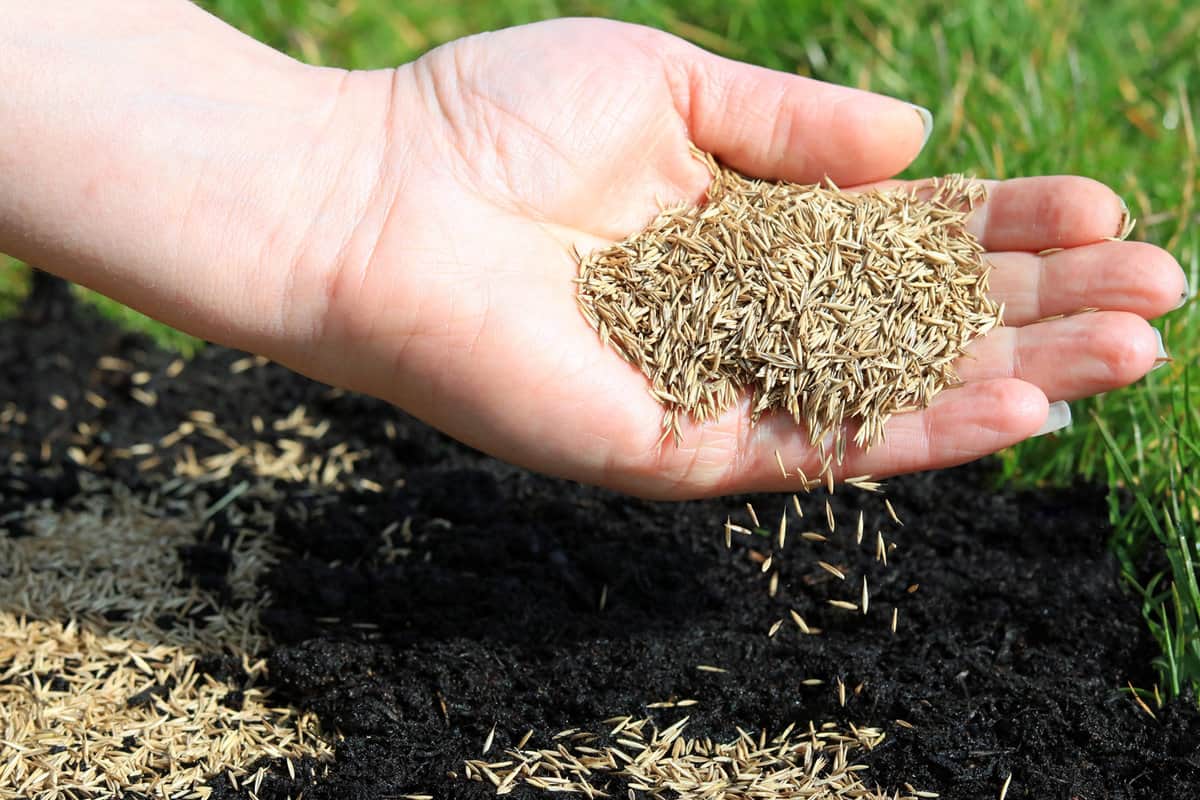
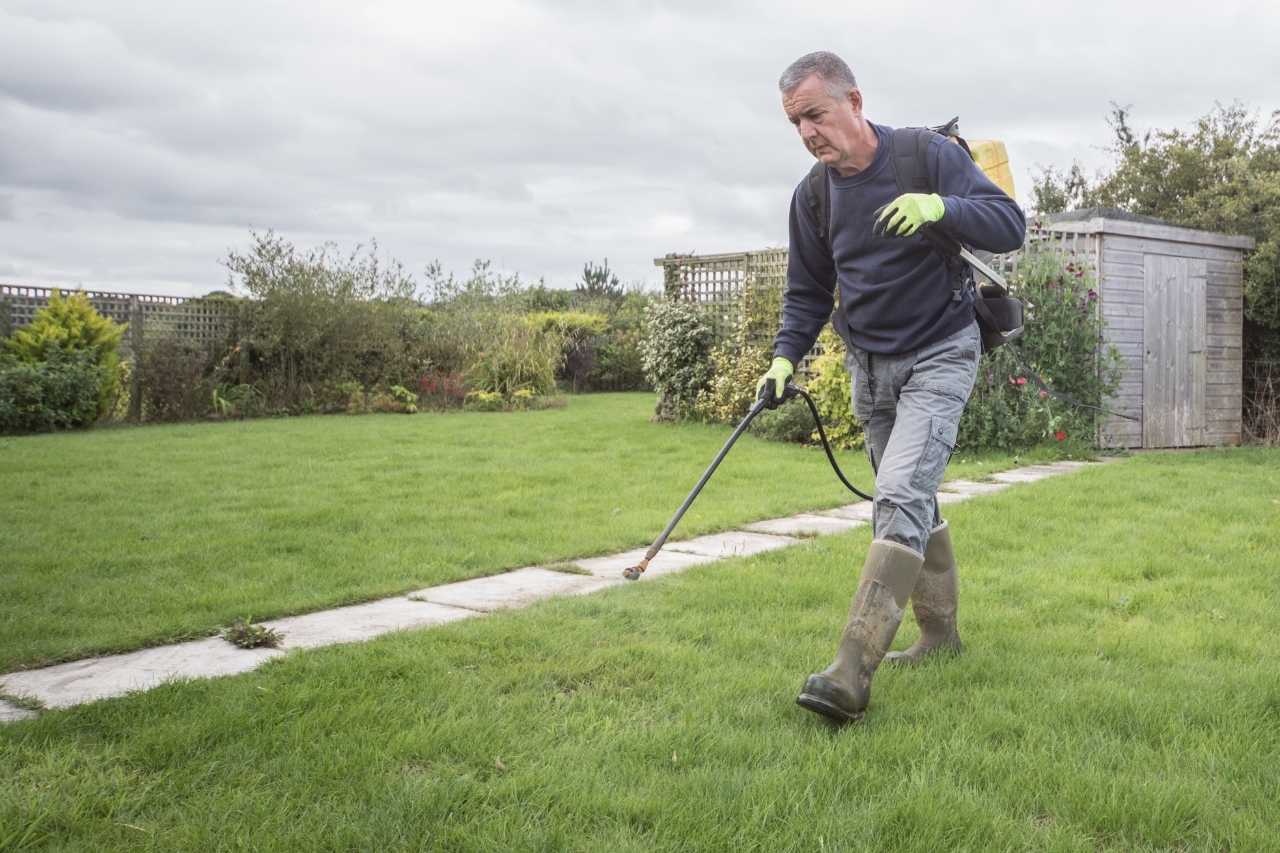
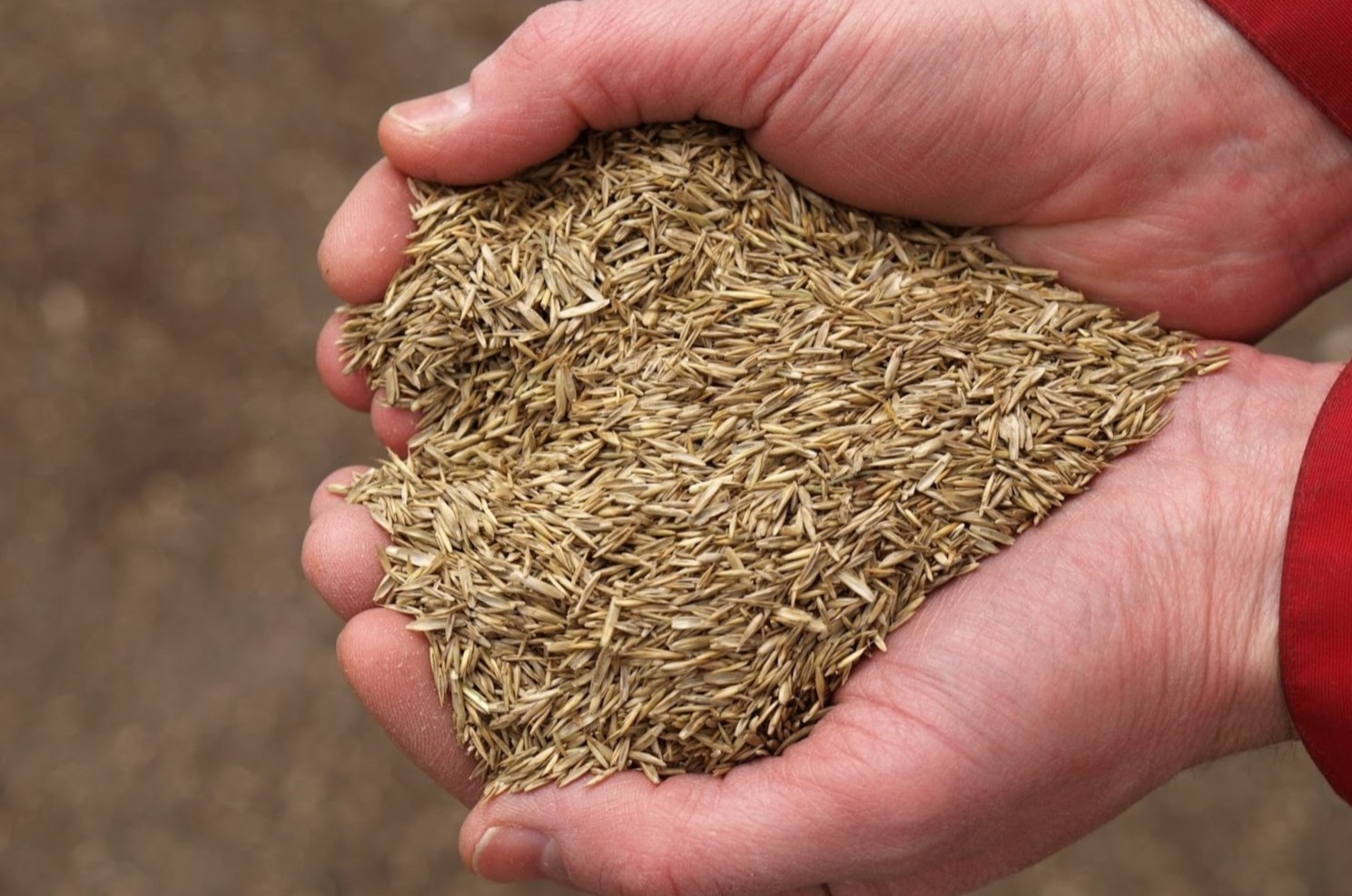
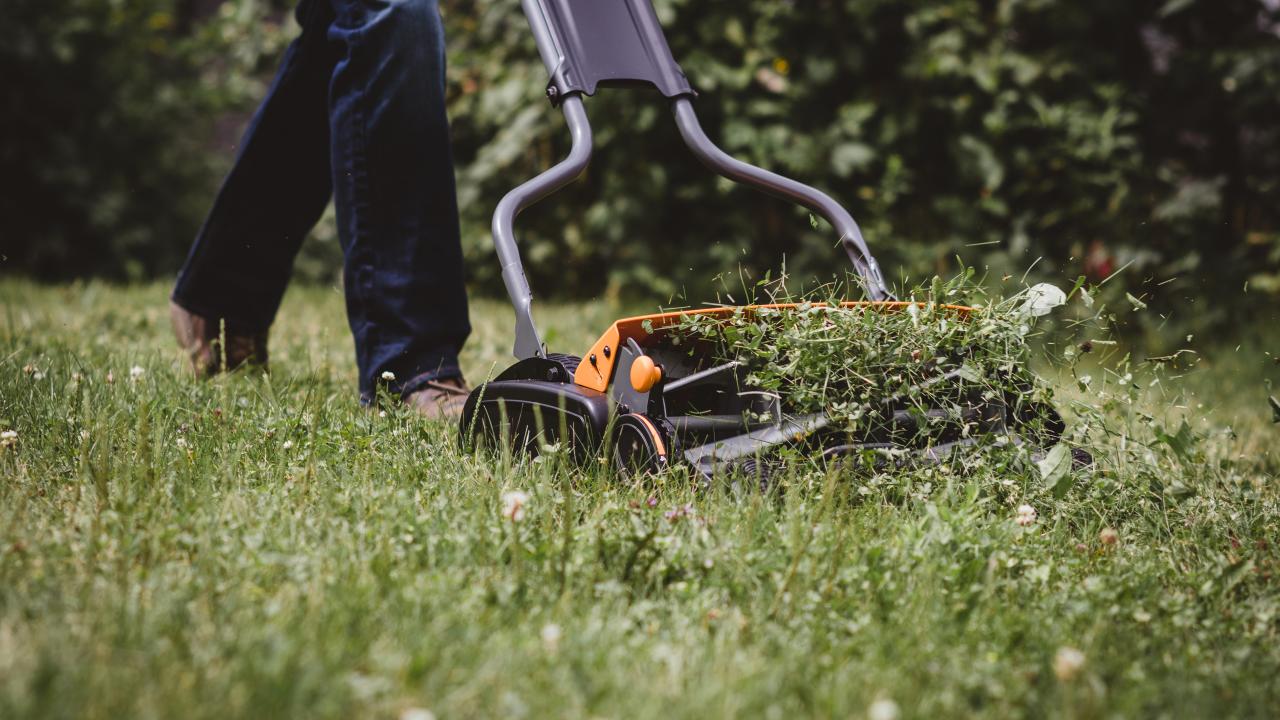
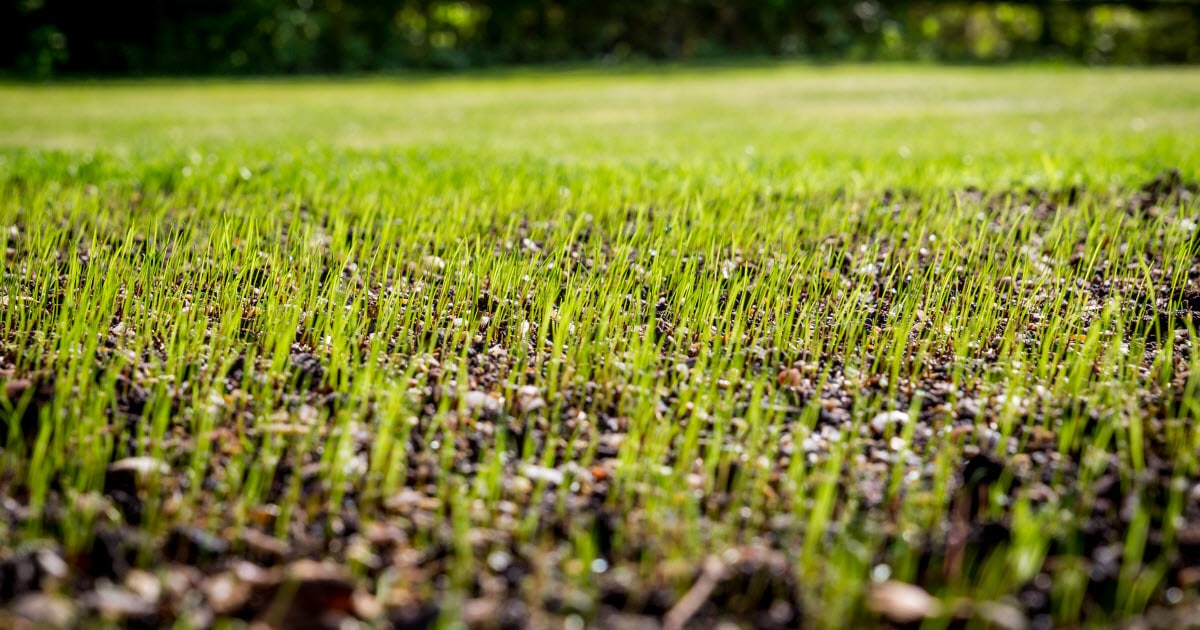
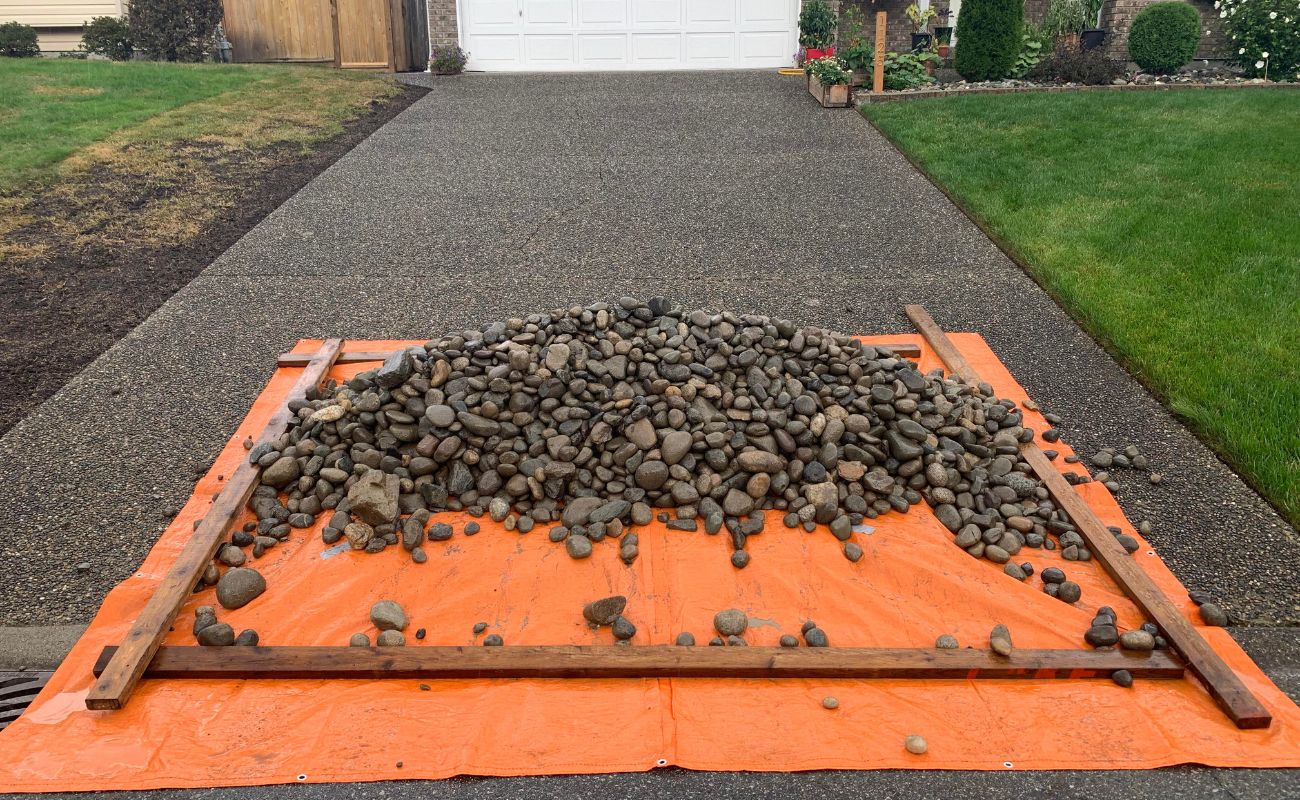

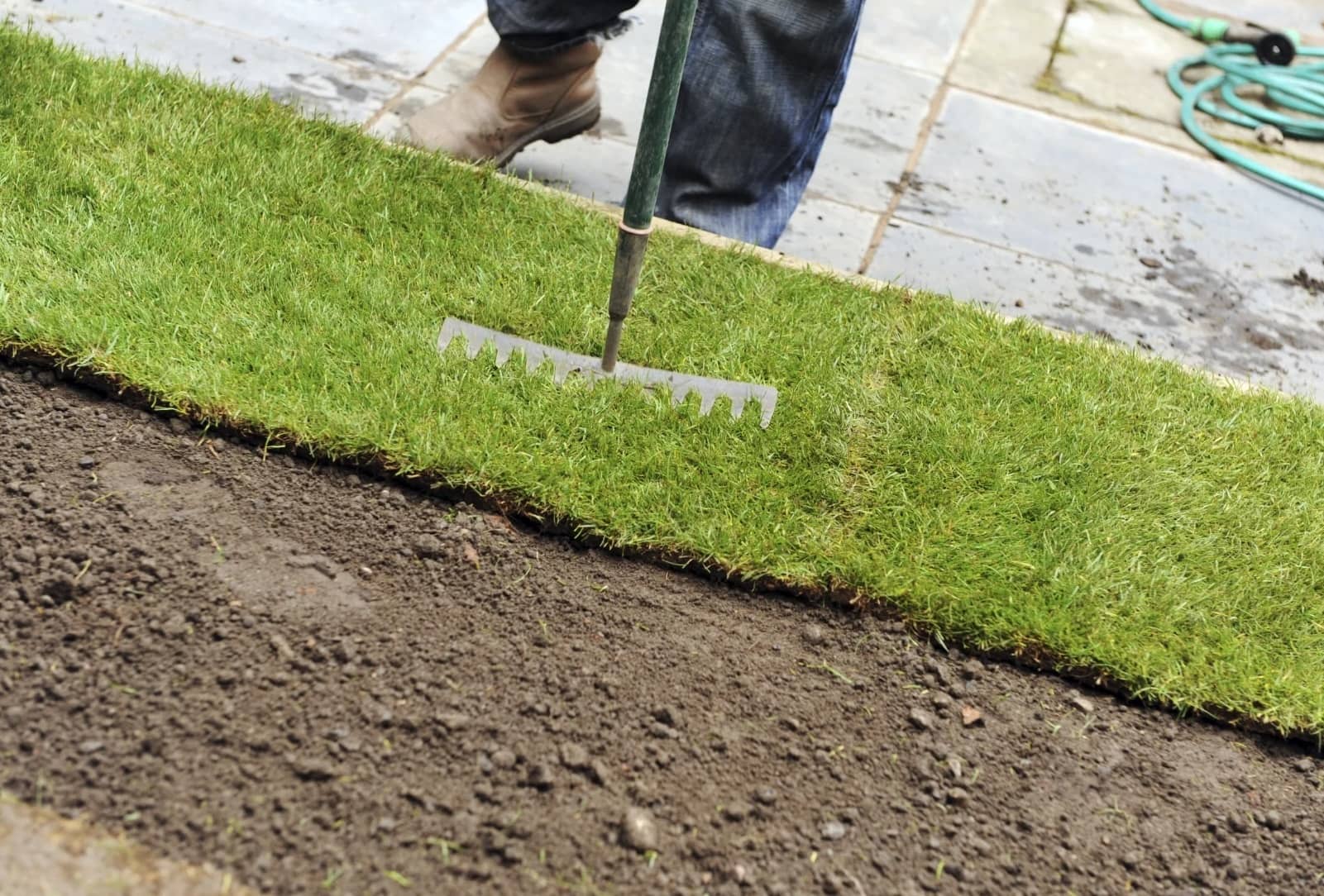
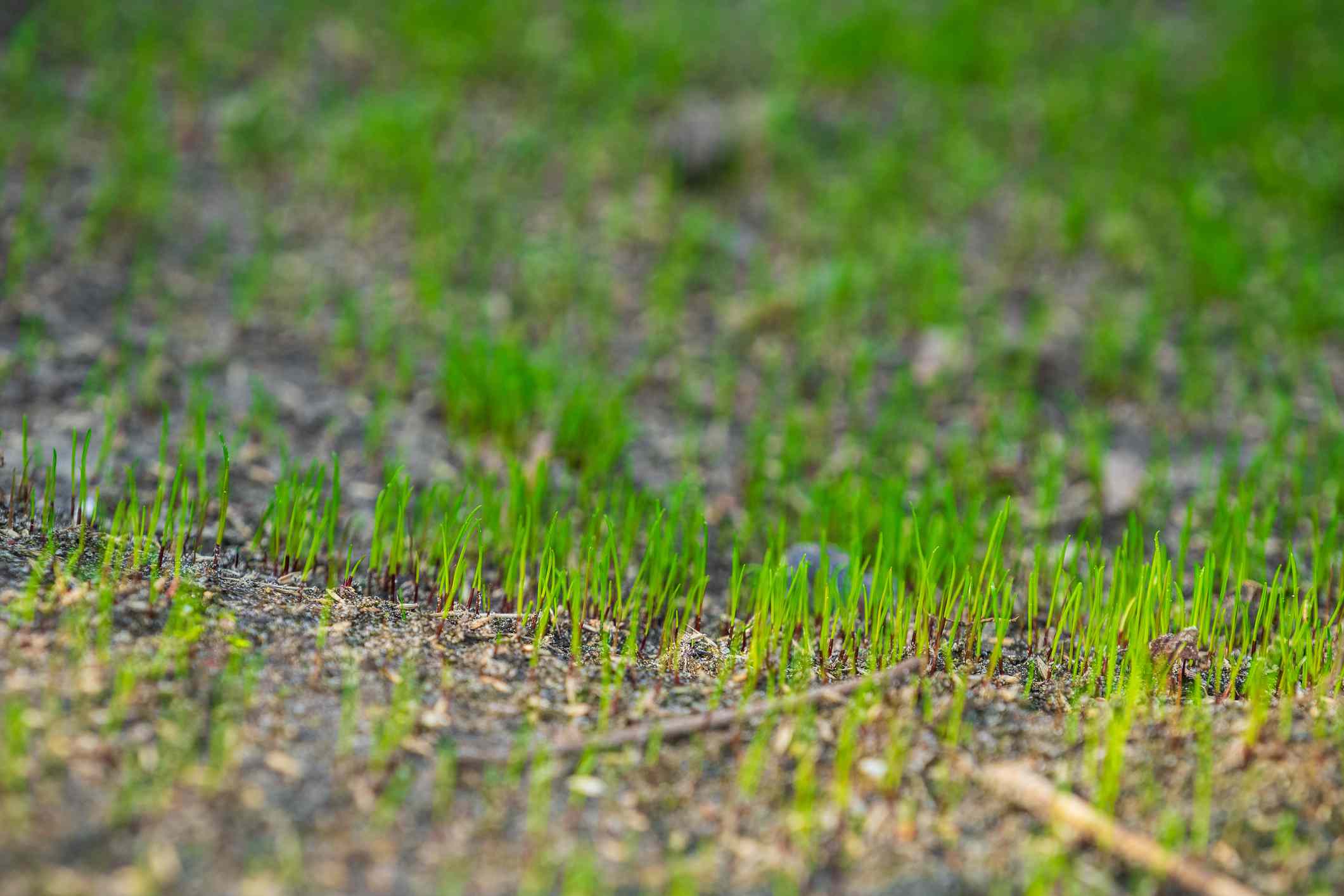
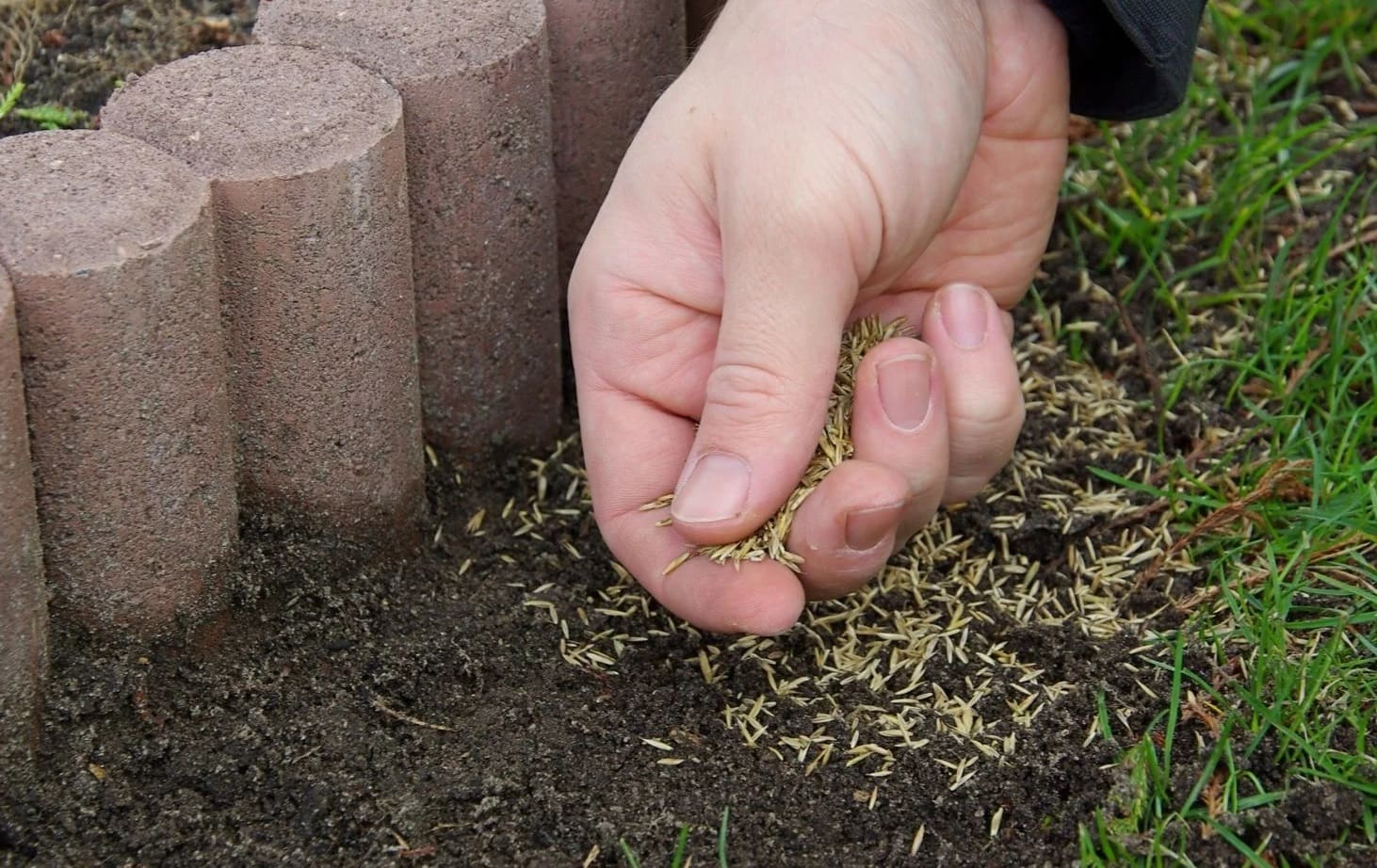

0 thoughts on “When Is It Too Late To Put Grass Seed Down”